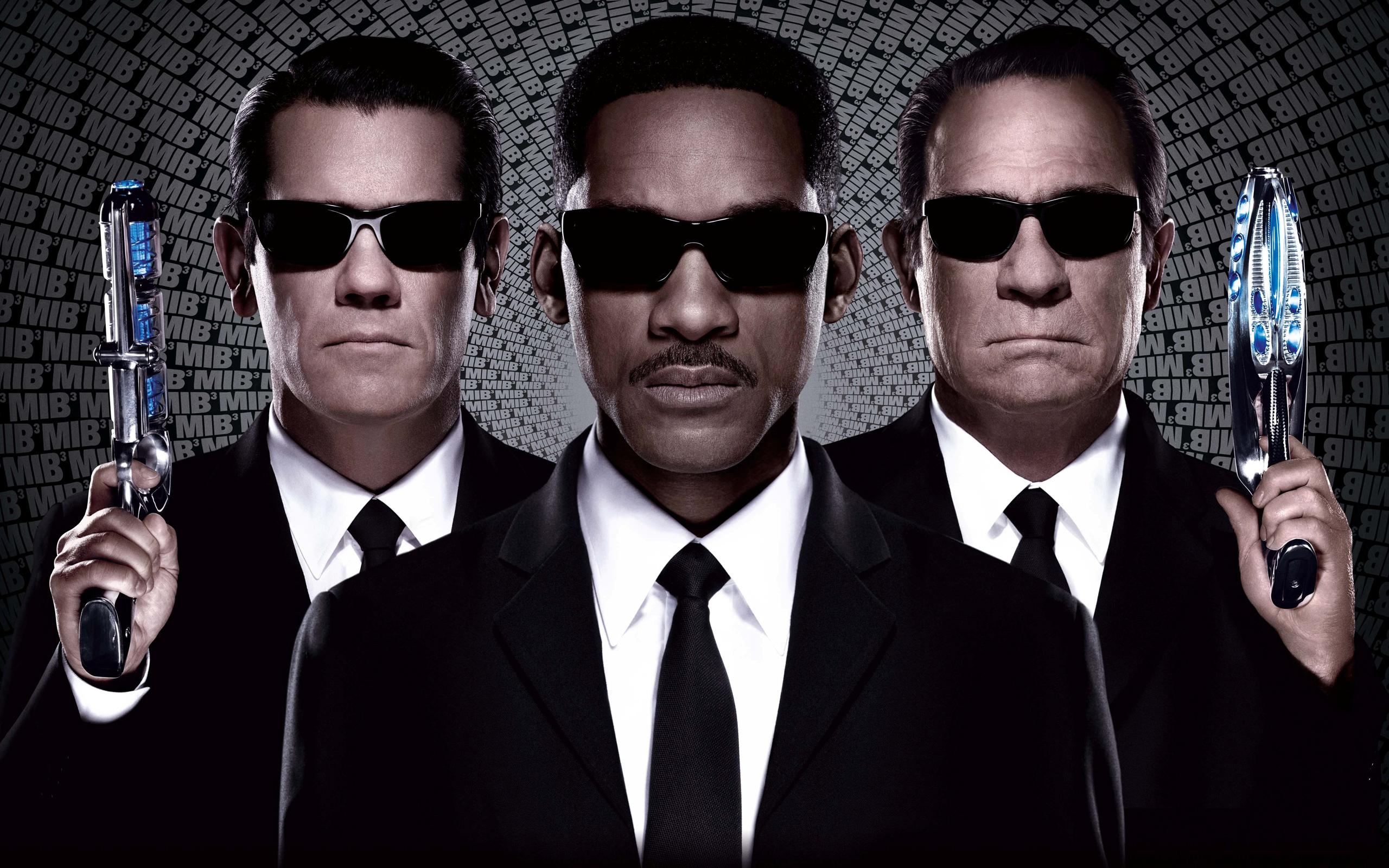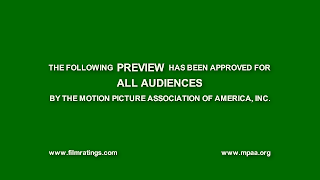Research
Analysis Opening Titles

 Warner Bros
and Liongates uses low-key lighting with the light focused on the logo, emphasizing
the production company. The Warner Bro logo is plain and has textures like a concrete
that represents an element of an action genre.
Warner Bros
and Liongates uses low-key lighting with the light focused on the logo, emphasizing
the production company. The Warner Bro logo is plain and has textures like a concrete
that represents an element of an action genre.
 At this
moment the trailer with present statements that associates with the characters,
making the audience know the emotions of the characters in the trailer and what
is expected from this film. It intrigues the audience as many phrases have significant
meaning about the perspective of the protagonists. There are titles showing the
producers of the films and relate to previous successful film when will
indicate to the audience that it’s a good quality film. This is an important
feature because the audience will want to know who directed the films. There is a possibility that the casts names will also be positioned in this section to inform the audience about the main or popular actors to promote the film. The colour scheme of these are normally black background that the white, metallic colour contrasts highlighting the main texts.
At this
moment the trailer with present statements that associates with the characters,
making the audience know the emotions of the characters in the trailer and what
is expected from this film. It intrigues the audience as many phrases have significant
meaning about the perspective of the protagonists. There are titles showing the
producers of the films and relate to previous successful film when will
indicate to the audience that it’s a good quality film. This is an important
feature because the audience will want to know who directed the films. There is a possibility that the casts names will also be positioned in this section to inform the audience about the main or popular actors to promote the film. The colour scheme of these are normally black background that the white, metallic colour contrasts highlighting the main texts.
 The
trailer at the end will include the title of the film that highlights the high
key lighting. It’s positioned in the center of the screen and the text is bold
font so it’s eye-catching. There is promotion of the film at the end that the
audiences are able to get involved online to spread the popularity of the film
e.g. hashtags. There are also the releases the date to notify the audience on
when the film is likely to be released. The conventions of the titles of the
action trailers are that they all use the metallic color with a slight shadow
and black background, giving off a mysterious effect.
The
trailer at the end will include the title of the film that highlights the high
key lighting. It’s positioned in the center of the screen and the text is bold
font so it’s eye-catching. There is promotion of the film at the end that the
audiences are able to get involved online to spread the popularity of the film
e.g. hashtags. There are also the releases the date to notify the audience on
when the film is likely to be released. The conventions of the titles of the
action trailers are that they all use the metallic color with a slight shadow
and black background, giving off a mysterious effect.
I analyzed
the titles in trailers, which is normally in the beginning, middle and the end.
This intends to hints information on what to the audience can expect from the
film as the trailer goes on, making them intrigued. I will be able to get more
knowledge on how to create my own trailers.
Beginning
Majority
of trailers have a green screen in the beginning of the trailer that is there
to notify the appropriate age and the target audience. Many include a specific
age rating for the film, restricting some audience to watch the film or have an
appropriate adult with them. The films are rated by the BBFC which is a website
that informs the audience about the film classifications. Our trailer is an
action trailer, which includes violence, strong language so it will be rated
15.
Production
Titles

Trailers
includes the distribution and production companies after the green screen, I
screenshot the popular action film companies 20th Century Fox,
Warner Bros and Lionsgate. These productions normally change their titles to
fit a particular theme to promote the film. The font mostly used is “Serif”
that has a tail on the end of each character making it look formal that appeals
to a mature audience.
 Warner Bros
and Liongates uses low-key lighting with the light focused on the logo, emphasizing
the production company. The Warner Bro logo is plain and has textures like a concrete
that represents an element of an action genre.
Warner Bros
and Liongates uses low-key lighting with the light focused on the logo, emphasizing
the production company. The Warner Bro logo is plain and has textures like a concrete
that represents an element of an action genre.
Middle
 At this
moment the trailer with present statements that associates with the characters,
making the audience know the emotions of the characters in the trailer and what
is expected from this film. It intrigues the audience as many phrases have significant
meaning about the perspective of the protagonists. There are titles showing the
producers of the films and relate to previous successful film when will
indicate to the audience that it’s a good quality film. This is an important
feature because the audience will want to know who directed the films. There is a possibility that the casts names will also be positioned in this section to inform the audience about the main or popular actors to promote the film. The colour scheme of these are normally black background that the white, metallic colour contrasts highlighting the main texts.
At this
moment the trailer with present statements that associates with the characters,
making the audience know the emotions of the characters in the trailer and what
is expected from this film. It intrigues the audience as many phrases have significant
meaning about the perspective of the protagonists. There are titles showing the
producers of the films and relate to previous successful film when will
indicate to the audience that it’s a good quality film. This is an important
feature because the audience will want to know who directed the films. There is a possibility that the casts names will also be positioned in this section to inform the audience about the main or popular actors to promote the film. The colour scheme of these are normally black background that the white, metallic colour contrasts highlighting the main texts. The
trailer at the end will include the title of the film that highlights the high
key lighting. It’s positioned in the center of the screen and the text is bold
font so it’s eye-catching. There is promotion of the film at the end that the
audiences are able to get involved online to spread the popularity of the film
e.g. hashtags. There are also the releases the date to notify the audience on
when the film is likely to be released. The conventions of the titles of the
action trailers are that they all use the metallic color with a slight shadow
and black background, giving off a mysterious effect.
The
trailer at the end will include the title of the film that highlights the high
key lighting. It’s positioned in the center of the screen and the text is bold
font so it’s eye-catching. There is promotion of the film at the end that the
audiences are able to get involved online to spread the popularity of the film
e.g. hashtags. There are also the releases the date to notify the audience on
when the film is likely to be released. The conventions of the titles of the
action trailers are that they all use the metallic color with a slight shadow
and black background, giving off a mysterious effect. 















